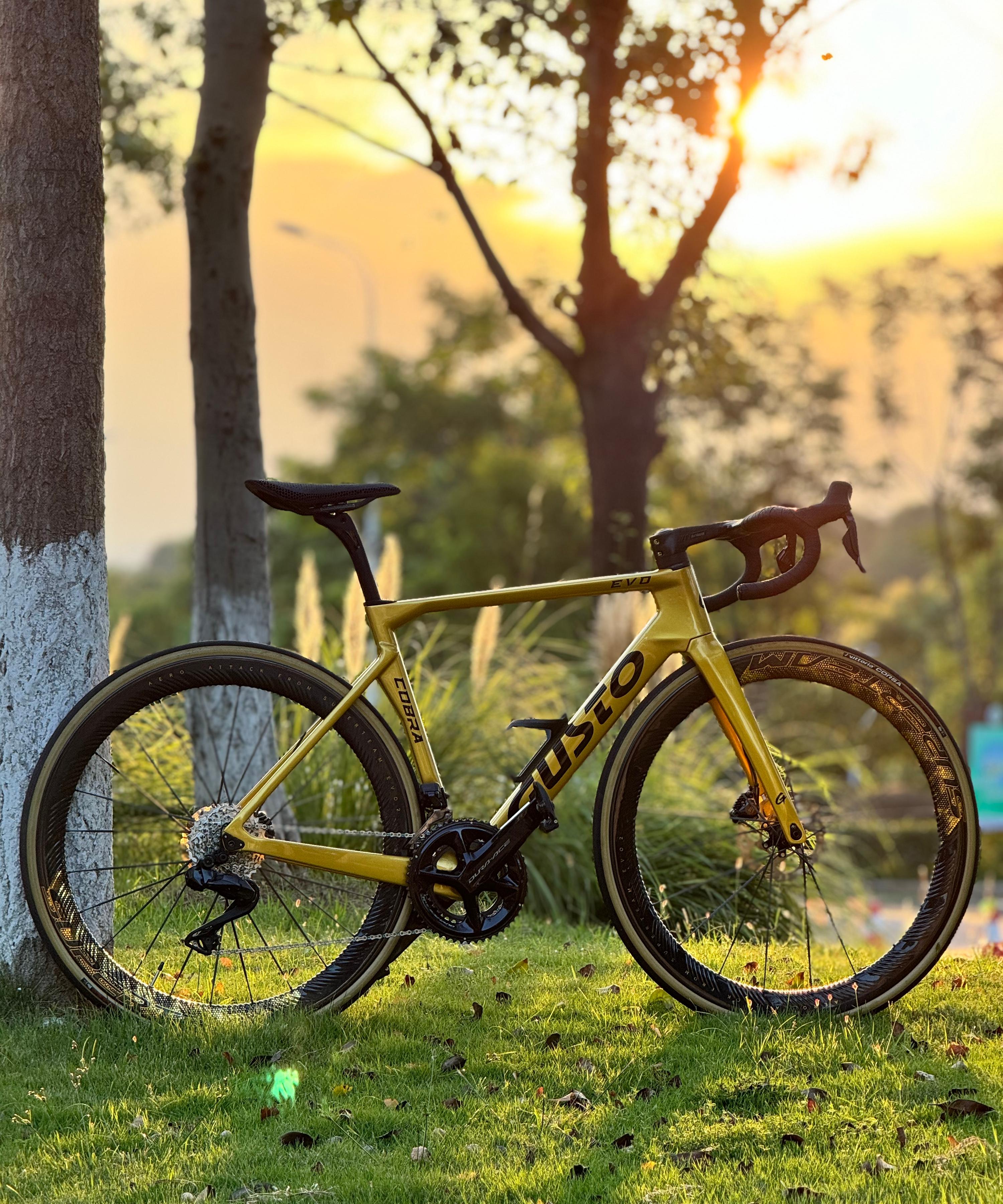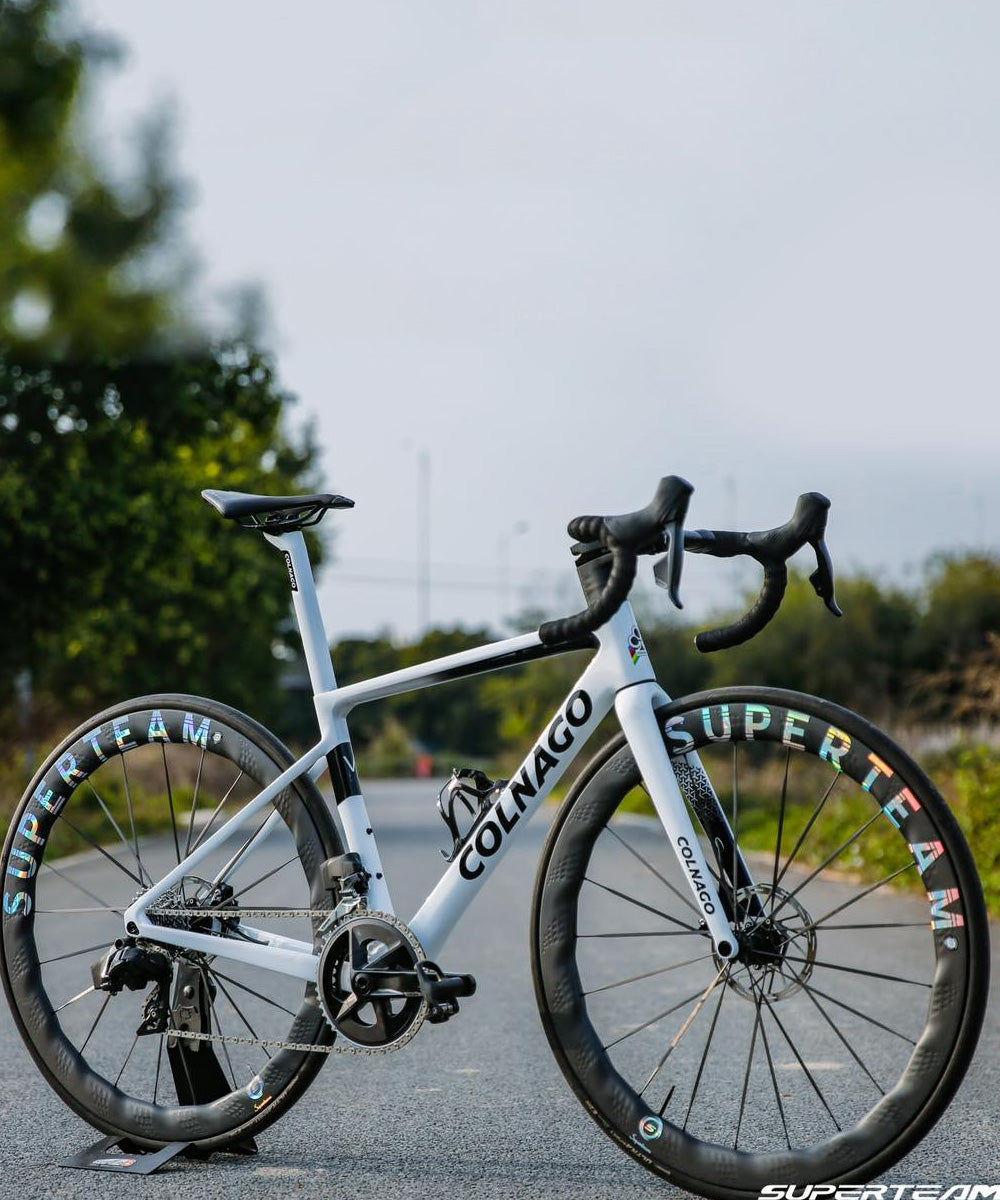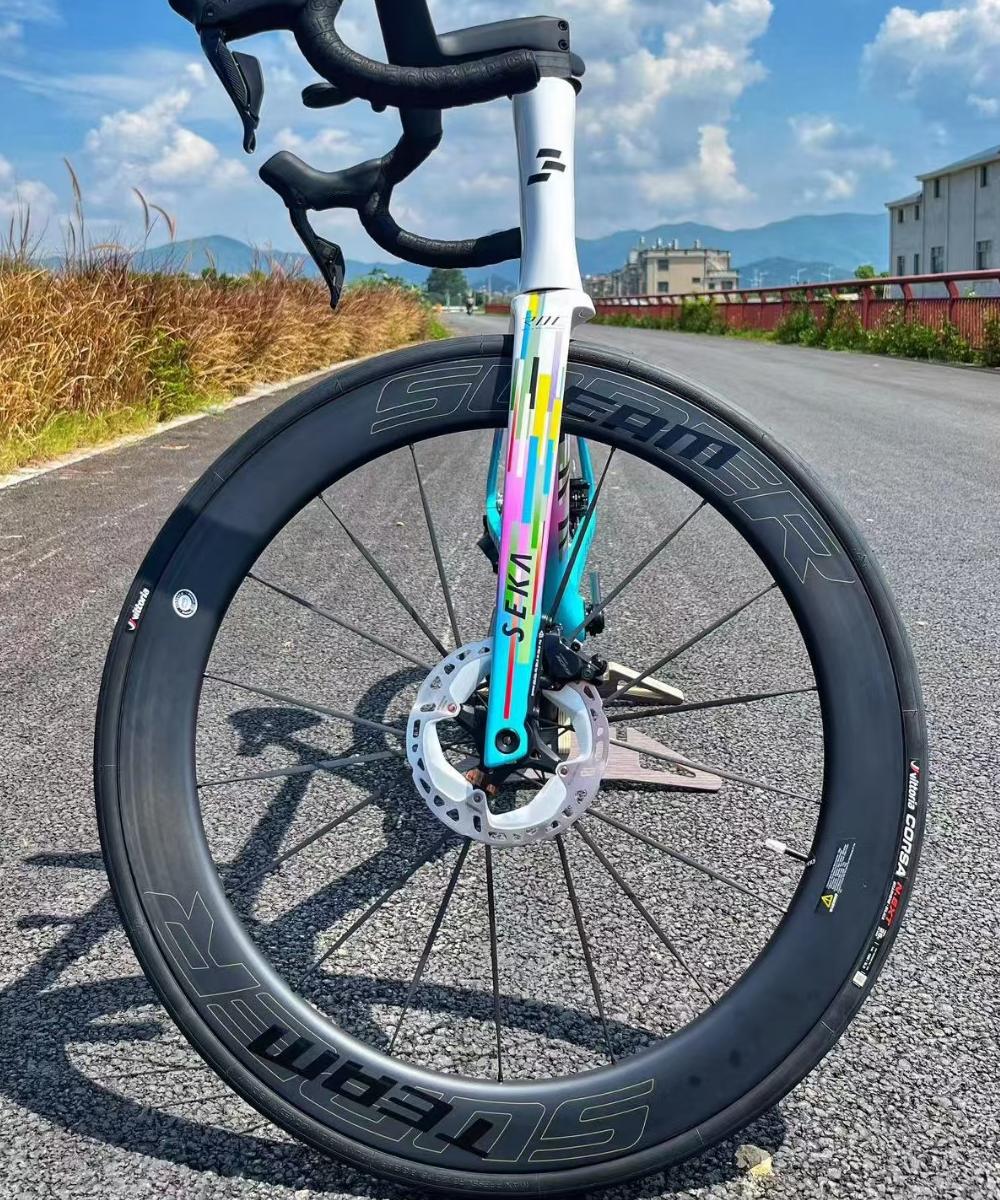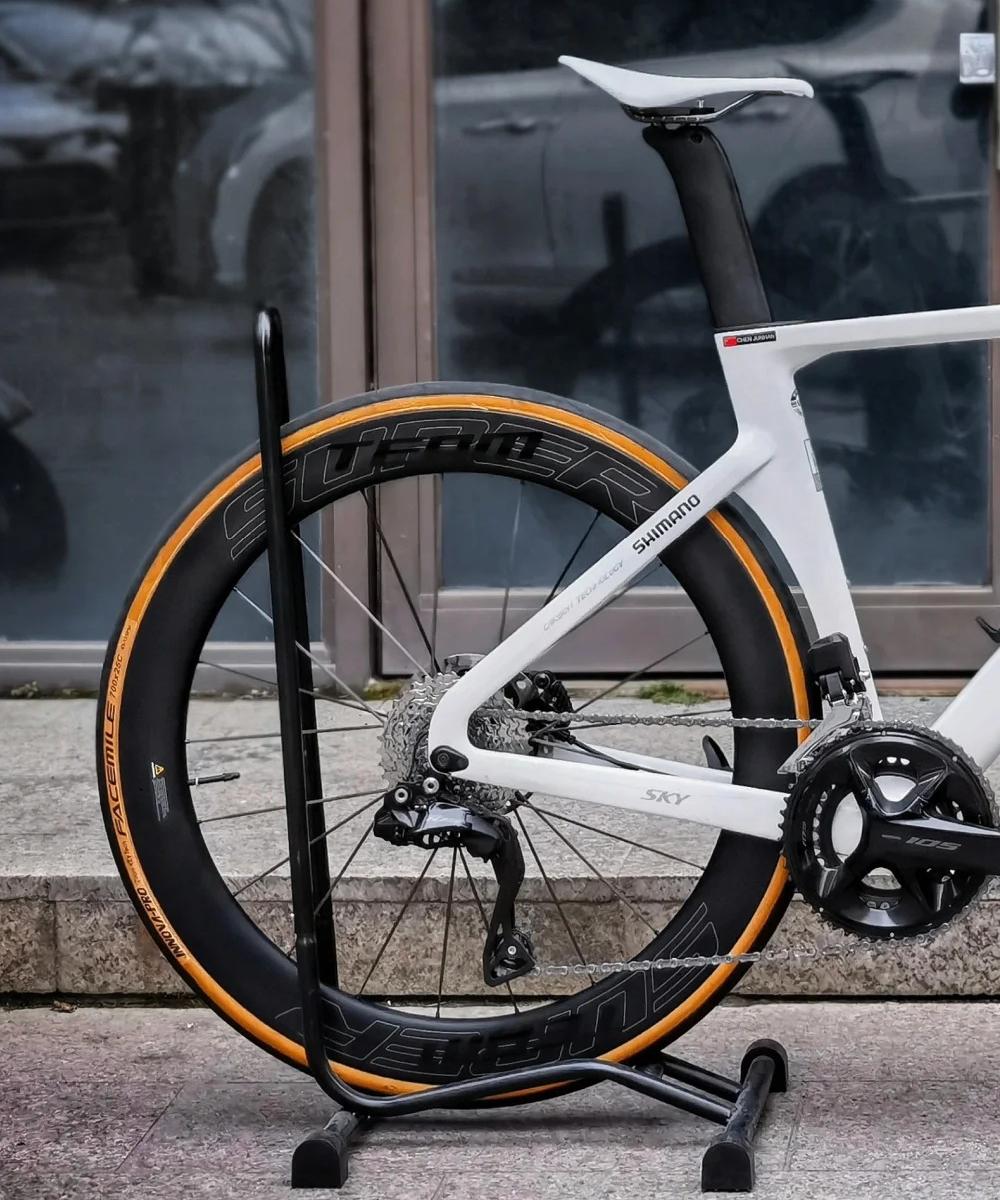What to Look for When Buying Used Carbon Wheels
Buying used carbon wheels can be an excellent way to access high-performance cycling gear without paying full retail prices. However, carbon wheels are precision-engineered components that require careful inspection before purchase to avoid costly mistakes. Knowing what to check can help you find a reliable set that will deliver performance and safety.
1. Inspect for Structural Damage
The most critical aspect when buying used carbon wheels is the structural integrity of the rims.
Check for Cracks and Delamination: Carefully examine the rim surface, especially near the braking track (if rim brake), spoke holes, and valve hole. Look for any visible cracks, chips, or areas where the carbon layers might be separating (delamination).
Look for Impact Marks: Scratches or dents could indicate past crashes or impacts that compromised the rim’s strength.
Examine the Brake Track: For rim brake carbon wheels, worn or uneven brake tracks reduce braking efficiency and may be unsafe.
2. Assess Spoke and Hub Condition
Spokes: Check for bent, rusted, or loose spokes. Spoke tension and condition directly affect wheel durability.
Hubs: Spin the wheel to evaluate hub smoothness and listen for any unusual noises. Worn or rough bearings will need servicing or replacement.
3. Verify Wheel True and Tension
Trueness: Spin the wheel and observe if it wobbles laterally or hops vertically. A wheel out of true can be an indicator of poor maintenance or damage.
Tension: Uneven or loose spoke tension reduces wheel longevity and performance.
4. Confirm Compatibility
Make sure the used wheelset matches your bike’s specifications:
Axle Type and Size: Thru-axle vs quick release, axle diameter, and spacing.
Brake Type: Disc brake or rim brake compatibility.
Cassette Body: Check if the freehub body fits your drivetrain (Shimano, SRAM, Campagnolo).
Tire Type: Tubeless ready or tubular, and rim width suited for your preferred tires.
5. Ask About Usage History and Maintenance
Riding Conditions: Carbon wheels used in harsh environments or off-road may experience more wear.
Crash History: Even minor crashes can weaken carbon rims.
Maintenance: Well-maintained wheels with regular servicing generally last longer.
6. Price vs Condition
While used carbon wheels can be cheaper, extremely low prices often signal hidden issues. Balance price with condition and brand reputation.
Final Tips
If possible, buy from reputable sellers or cycling shops offering warranties.
Consider having a professional mechanic inspect the wheels before finalizing.
Remember, carbon wheel repairs can be costly; prevention is better than cure.
Used carbon wheels can be a fantastic upgrade if chosen wisely. Prioritize safety, condition, and compatibility to enjoy the benefits without unexpected problems.




